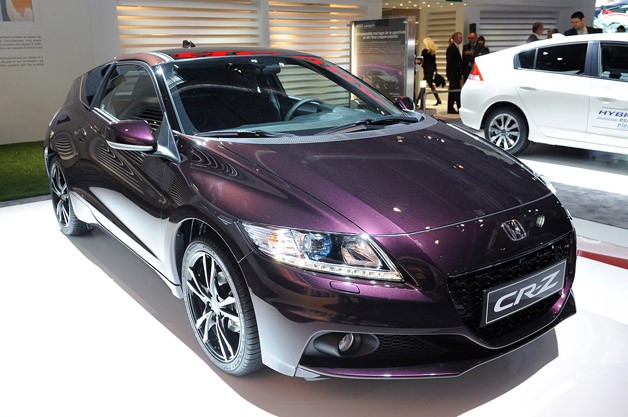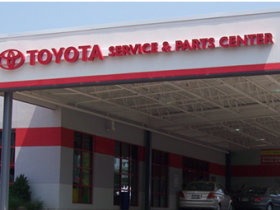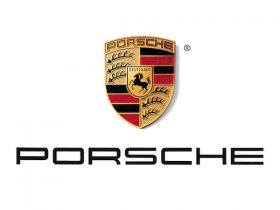When we are talking about car driving efficiency, we often talk about carpooling, avoiding peak hours, removing unnecessary loads from the cars and avoiding unnecessary trips. These are basic methods that we can do to save on overall fuel consumption. In many cases, more efficient cars are smaller, because they are lighter. They have lighter body, chassis and frames. However, it is often said that lighter cars are not as safe as heavier ones. In this case, we should understand more about the overall fuel efficiency of our car. We should find out about the fuel efficiency factor of a car and compare multiple ones, to make sure that we can choose the most efficient. This will ensure to allow us meeting our needs. The most common method is by choosing cars that offer the best sweet spot, offering significant MPG or miles per gallon.
Fuel efficiency in compact cars may vary significantly, from 21 MPG to 48 MPG. If we choose cars at 48 MPG, we may potentially save hundreds of dollars each year in fuel costs. This is an essential thing to note when we plan to purchase a new car. This is an important factor that we need to consider when planning to purchase a new car. We should also know that cars burn fuel, even when they are idling. We could lose about 15 percent of our fuel consumption due to idling. The percentage could be higher when we are trapped in traffic jam and in big cities, we will need to stop more frequently at traffic lights. Some cars are equipped with ISG or integrated starter/generator that turns off the engine when the car stops.
When drivers press the accelerator, the car will start instantly. A big loss could be caused by the engine itself. Due to its basic design, gasoline engines are generally not efficient. About 60 percent of energy burnt from the fuel could be lost in a variety of ways. The process of converting chemical energy into a mechanical one is often inefficient. We lose energy through excess heat, friction, sucking in air into the engine, aerodynamic drags and removing excess heat from the engine. There are some methods that are intended to address these losses, such as cylinder deactivation, direct fuel injection, turbo-charging and variable valve timing. Diesel engines are typically 35 percent more efficient than gasoline-powered engine. Additional features, such as windshield wipers, power steering, air conditioning, in-car entertainment systems and others steal some energy from the engine, causing us to push the accelerator slightly deeper to reach specific speed.
About 5.6 percent of energy may be wasted through driveline losses. Car manufacturers offer CVT (continuously variable transmission) and AMT (automatic manual transmission) to improve the problem. The shape of the car also affects the performance. About 2.6 percent of fuel wasted due to aerodynamic drag. It means that the annual energy losses due to drag could be equal to a single tank fill-up. It means that we should choose cars with optimized shapes.
























